The LG G7 Review: A Rushed Attempt?
by Andrei Frumusanu on August 9, 2018 11:00 AM EST- Posted in
- Smartphones
- LG
- Mobile
- LG G7 ThinQ
- LG G7
Camera - Architecture & UI
The main camera on the LG G7 differs very little from what the V30 incorporated. The sensor is still a Sony IMX351 which offers an active pixel matrix of 4656 x 3496 (16MP). The downside here is that this is a rather small 1/3.09” sensor which results in 1µm pixel pitches. As this is the same sensor as used in the LG V30 – I’m not too worried about the performance as we saw very competitive results from the sister flagship. The lens has an f/1.6 aperture, a viewing angle of 70°, and the module supports an OIS mechanism.
The wide angle camera is one of LG’s flagships’ distinguishing feature as we saw essentially no other mainstream vendor adopt the same type of camera, with most of them opting for telephoto lenses in their secondary modules. The G7 continues the trend here, but fine-tunes the wide-angle camera a bit. We’re seeing the exact same sensor as on the main camera, but the lens system has changed as this is now an f/1.9 lens with a slightly reduced wide viewing angle of 107° rather than the 125° optics found in the G6 and V30. The reduced viewing angle is meant to reduce the more extreme cases of fish-eye effect and also reduce chromatic aberrations on the edges of the image. The wide-angle module doesn't sport OIS.
Camera software wise, there’s little change from what we saw on the updated V30 firmware – both camera applications offer a wide variety of features without being cumbersome to the capturing experience. The AICam which was introduced in the V30s and backported to the V30 is also part of the G7’s camera. Unfortunately as we’ll see in the following evaluation the results of the AICam capture results are quite disappointing and are no better than a gimmick, resulting in mostly detrimental image quality in most scenarios.
Camera - Daylight Evaluation
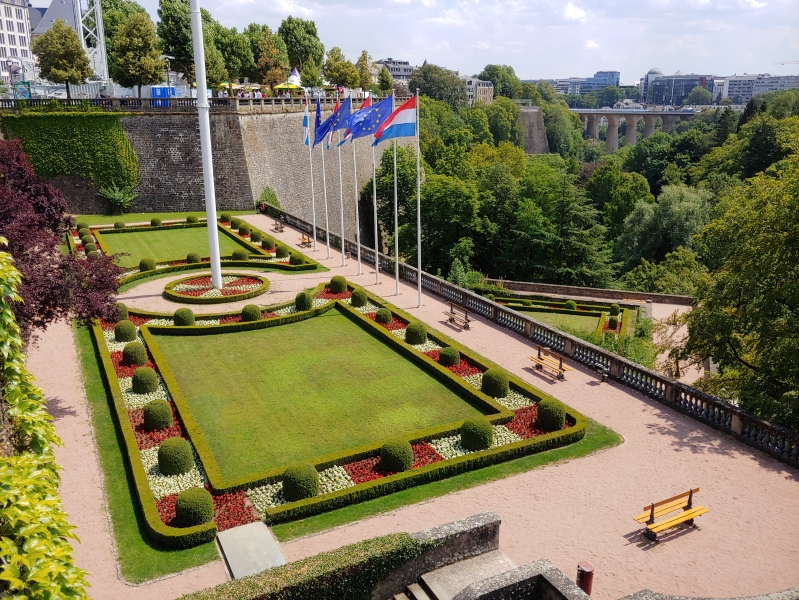
[ G7 ] - [ G6 ] - [ V30 ]
[ Mi MIX 2S ] - [ Pixel 2 XL ] - [ Mate 10 ] - [ P20 ]
[ OnePlus 6 ] - [ P20 Pro ] - [ S8 ] - [ S9+ ] - [ iPhone X ]
In the first scenario the G7 offers a very similar exposure and colour balance to the G6 and V30 – although it’s ever so slightly more exposed at 1/1042s versus the V30’s 1/1207s take. The G7 offered slightly lower dynamic range through more reduced highlights and darker shadows than say the S9 or OnePlus 6, but the overall result was still very good and among the top performers.
In terms of detail retention there’s however some glaring differences between the G7 and the V30. If one opens the images in their native resolution, it's plainly visible that the G7 has vastly different processing in place. The result is a watercolour-like effect on all details throughout the scene and most blatantly visible in the leaves of all greenery throughout the picture. The effect is also very notable on the edges of objects throughout the picture, and is seemingly applied non-discriminately to almost all scenarios.
Switching over to the wide-angle shot, we see the differences between the G6 and V30’s modules and the G7’s new shooter: the G7 is able to capture a more natural wide dynamic range, capturing more details in the shadows. I do prefer the V30’s better retention of highlights as it’s a more accurate representation of the very bright conditions of the scene.
An interesting phenomenon that we’ll see more often today, is an odd behaviour of the camera and its processing: When shooting pictures rapidly in succession, the camera software seems to fall behind in terms of producing processed images, and the result is closer to the result of what the sensor is actually capturing. This can be seen in the versus comparison; the latter shot was shot sequentially within the same second. This is extremely valuable as we can directly see what kind of processing is done on the picture, and what’s obvious is that there’s a noise reduction filter which smudges the details, as well as the effect of a sharpening filter applied on top. There’s also some software HDR processing going on in attempting to bring out more highlights in the picture.
The noise reduction filter in particular is very destructive and it makes it easier to understand what’s happening on the main camera photo samples.
Of course, the fact that the camera’s processing suddenly doesn’t work when capturing pictures in quick succession is something that shouldn’t be happening in the first place. I’ve actually encountered the same behaviour on the V30 in past camera evaluations, but now it looks that this is very much a characteristic behaviour of LG’s camera software.
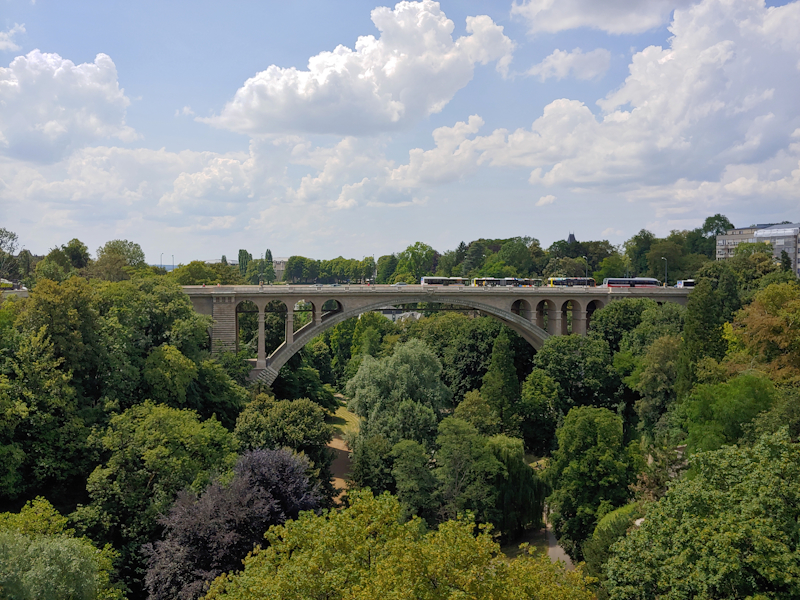
[ G7 ] - [ G6 ] - [ V30 ]
[ Mi MIX 2S ] - [ Pixel 2 XL ] - [ Mate 10 ] - [ P20 ]
[ P20 Pro ] - [ S9+ ]
[ OnePlus 6 ] - [ iPhone X ]
The next shot the G7 doesn’t fare well at all. First of all the phone was extremely inconsistent on deciding on the exposure and processing. In the first auto shot the camera does a relatively longer exposure at 1/1205s which is actually longer than the V30’s 1/1884 take. The problem is that the software falls prey to typical over-processing and destroys most highlights in the scene, resulting in a very flat image with very little remaining dynamic range. Compared to the V30 shot, the G7 performs terribly here.
In the auto and , the G7 severely underexposes. Even worse is that it couldn’t decide between HDR processing or not, and this wasn’t an issue of quick subsequent shots as described earlier.
Detail retention was just abysmal, this is essentially the same camera hardware as on the V30 yet what the G7 outputs couldn’t be more further away from the sister flagship’s shot.
Using the AICam in this scene amounts to nothing more than a simple colour filter and brings no advantage whatsoever.
Unfortunately what was said about the main camera also applies to the wide-angle lens, as the camera couldn’t manage to maintain higher levels, having worse results than the G6 and particularly the V30. The AICam here also doesn’t help beyond an increase in colour saturation.
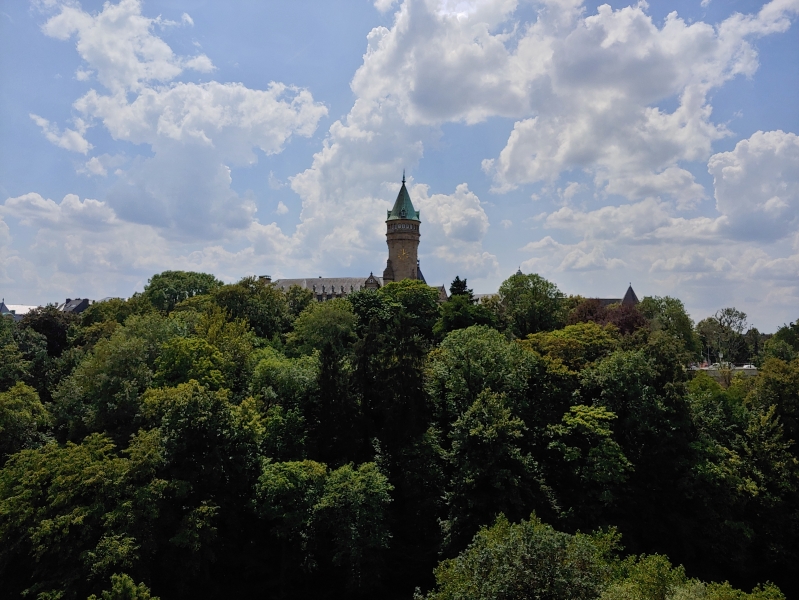
[ G7 ] - [ G6 ] - [ V30 ]
[ Mi MIX 2S ] - [ Pixel 2 XL ] - [ Mate 10 ]
[ P20 ] - [ P20 Pro ]
[ OnePlus 6 ] - [ S9+ ] - [ iPhone X ]
This is admittedly a tough shot as we’re facing against the sun, but there’s several devices which do manage good results. The G7 produces again a far too dark shot, crushing the dynamic range of the picture. Detail retention suffers the same massive issues as previous scenes.

[ G7 ] - [ G6 ] - [ V30 ]
[ Mi MIX 2S ] - [ Pixel 2 XL ] - [ Mate 10 ]
[ P20 ] - [ P20 Pro ]
[ OnePlus 6 ] - [ S8 ] - [ S9+ ] - [ iPhone X ]
This last shot with a lot of green landscape is again a large miss on the part of the G7. Note the stark difference in processing between the G7 and V30, with the latter producing a vastly superior result. Detail retention is again disappointing.
To be noted here is the difference of the AICam effect on the V30 versus on the G7, the latter uses a more heavy-handed approach to the effect while the V30’s result is still pleasing.
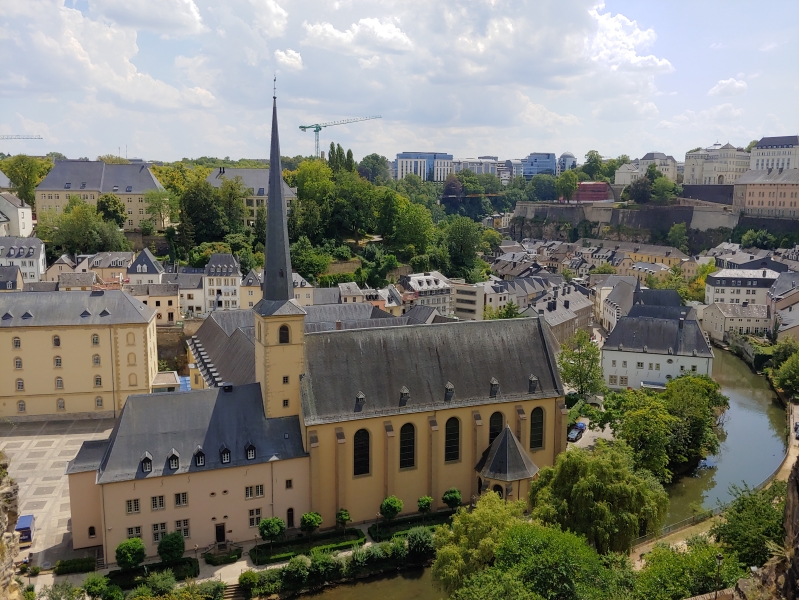
[ G7 ] - [ G6 ]
[ V30 ] - [ Mi MIX 2S ] - [ Pixel 2 XL ] - [ OnePlus 6 ]
[ Mate 10 ] - [ P20 ] - [ P20 Pro ] - [ S8 ] - [ S9+ ] - [ iPhone X ]
The abbey shot is less harsh for the G7 when it comes to exposure, and the result is ok, but it’s still a regression in dynamic range compared to the V30. I don’t have to mention detail retention as the G7 just blurs out the roof tiles, while the V30 actually had one of the best results among current generation flagships.
This scene was probably the single worst for the AICam on the G7 as the resulting colours are just outright comical both in the main camera as well as the wide shot. The same AICam on the V30 resulted in a very light touch in terms of processing and did manage to make for a more subjectively pleasing sky colour.
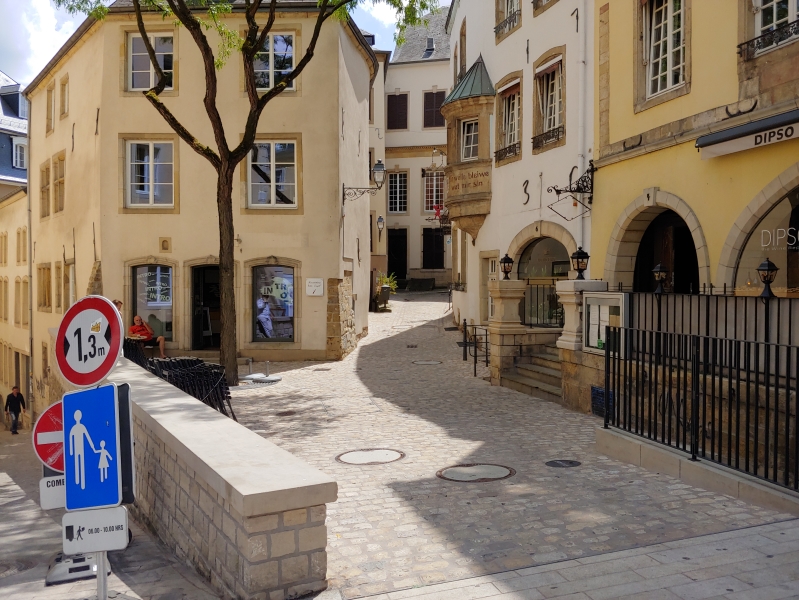
[ G7 ] - [ G6 ] - [ V30 ] - [ Mi MIX 2S ] - [ Pixel 2 XL ]
[ Mate 10 ] - [ P20 ] - [ P20 Pro ] - [ OnePlus 6 ]
[ S8 ] - [ S9+ ] - [ iPhone X ]
The alley shot for the G7 was more forgiving and overall we’re getting good colour balance and exposure. Although a lot less immediately visible, the G7 still loses out detail to the V30 due to its processing.

[ G7 ] - [ G6 ] - [ V30 ]
[ Mi MIX 2S ] - [ Pixel 2 XL ] - [ Mate 10 ] - [ P20 ] - [ P20 Pro ]
[ OnePlus 6 ] - [ S8 ] - [ S9+ ] - [ iPhone X ]
The shop front scene is yet another example of how the G7 differs from the V30. Both units use the same exposure at 1/1471s, yet the V30 manages to be ever so slightly more pleasing with its HDR decisions.
Detail wise it’s another disaster for the G7 as it uses needlessly a harsh spatial noise reduction filter. Notice the carpet on the lower right as its details disappear in the G7 shot.
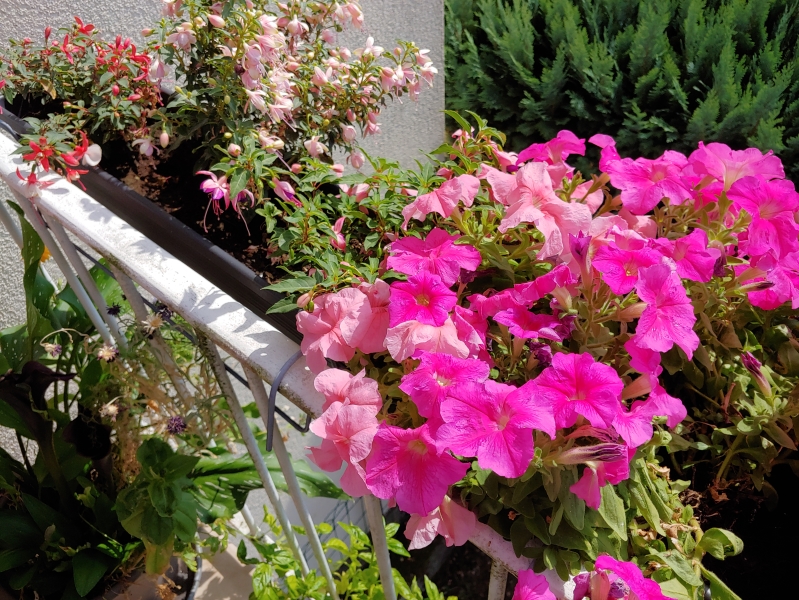
[ G7 ] - [ G6 ] - [ V30 ] - [ Mi MIX 2S ] - [ Pixel 2 XL ]
[ Mate 10 ] - [ P20 ] - [ P20 Pro ] - [ OnePlus 6 ]
[ S8 ] - [ S9+ ] - [ iPhone X ]
The last scene can be used as an analysis on the behaviour of dynamic range retention in scenes where’s there’s a prominent colour reaching the limits of the camera’s sensor. In this case it’s the red petunia flowers in the scene. The best behaving sample from a phone is seemingly the S9+. Again the G7 regresses over the V30 as it compresses the dynamic range needlessly, and this is plainly visible when looking at a histogram of both phone’s pictures.
It’s hard to tell at first glance because of the short focal length of the shot, but again the G7’s details are again blurred out. Best example is the stem hairs on the petunias which just vanish in the G7’s pictures.
Daylight pictures conclusion
Overall in terms of daylight pictures, the G7 was a massive disappointment. When I first started sorting out the images from the phones I couldn’t understand what was wrong with the G7’s samples as I thought I inadvertently shot in a lower resolution or messed up some setting. Re-trying some shots in isolated conditions this is was indeed what the G7 produced. In the past we’ve had some phones which had hardware faults so maybe the phone wasn’t focusing correctly? Looking at sample shots of other review websites confirms that it wasn’t an issue of my unit alone.
Under daylight conditions, the G7 is a regression in every single aspect when compared to the V30. The resulting camera performance is maybe what would have been acceptable 3-4 years ago, but to showcase such poor exposure, consistency and detail in a 2018 flagship is just shameful.
The G7’s saving grace is that its wide-angle camera is still a unique feature and I do think it’s something that has a lot more uses than telephoto lenses, but again that’s something subjective and varies from user to user. The new sensor on the wide-angle helps a lot in terms of dynamic range and detail, however the sensor suffers from the same unbalanced exposures as the main camera.
All in all, what is most embarrassing for LG is that they had a really good camera in the V30 and its processing was extremely competitive, producing results competitive with the best 2018 flagships. The fact that it’s the same sensor and optics just boggles the mind as to what is going on.











69 Comments
View All Comments
djayjp - Thursday, August 9, 2018 - link
Good thing we have speaker measurements because who could possibly want NAND benchmarks? You should stop including benchmarks in SSD reviews as well.Dr. Swag - Thursday, August 9, 2018 - link
What happened to nand benchmarks? That was one of the big things I liked reading anandtech reviews for. It would also be nice if you didn't remove the display measurement comparison graphs so that we could actually compare different displays to see how they did against each other. I like the addition of speaker evaluations but that should be an addition, not a replacement...faizoff - Thursday, August 9, 2018 - link
Will the LG V30 review not be done due to the lottery display situation?Andrei Frumusanu - Thursday, August 9, 2018 - link
Phone reviews released before December 2018 were shelved as AT didn't have a mobile editor at the time before I rejoined, and it didn't make sense logistically to try to catch up with past devices when it was better to focus to be on time with the newer releases.Performance, battery, and camera evaluations of the V30 are included in all follow-up reviews from that date on.
lopri - Thursday, August 9, 2018 - link
December 2017, you mean?Andrei Frumusanu - Saturday, August 11, 2018 - link
Yes sorry, I'm a year ahead >_>eastcoast_pete - Thursday, August 9, 2018 - link
@Andrei/Anandtech: First, thanks for the review! Would it be possible to include the water-proofing as a line in the specs table in future reviews, as well as the hours of use (intensive) one gets out of a full charge. Lastly, please add a line in the conclusions on past record and promised future on OS updates of that phone maker. These three are key decision points, at least for me. I don't want to worry about getting the phone wet in a downpour, and having to take the charger with me, then look for and stay at a power outlet every few hours is really not exactly "mobile". Similarly, it's more than just annoying if a brand-new phone stays stuck two releases behind current Android versions for years or forever - I don't appreciate built-in obsolescence in $ 500+ phones.While I get the criticism of a too-blueish white balance, water-proofing (IP68, 67 or not), hours of intense use per full charge and keeping the OS current for the next 2-3 years are more important to me for a purchase decision than bluish screens, although I'd like a good white balance, too. The camera in the LG7 is a letdown, especially the video. Why still no EIS in 4K or at 1080 p60, and why not offer HEVC recording? The 845 is perfectly capable of all these. Not having those is just lazy, and not on flagship level.
Regarding the hours of use, this is another disappointing result. LG, hang your head in shame!, Don't try to make an S9+ clone; instead, make a true alternative, and dare to be different. To all phone makers: I get it, thin is hip, but a. I don't use my phone to cut vegetables with, so don't need razor-blade thinness and b. I rather take a slightly thicker and larger (longer) phone with a 4000-5000 mAh battery over a slim phone that won't make it through the day.
Andrei Frumusanu - Thursday, August 9, 2018 - link
Added in the IP68 rating - somehow I missed putting that into the table.In regards to hours of usage of a full charge. That's an inexact metric and can't and won't post subjective numbers. The battery tests are reliable, reproducible metrics that I think are still extremely good. In my usage I found the web test largely correlated with overall device runtime - of course this will differ for most users based on screen brightness and cellular connectivity.
zeeBomb - Thursday, August 9, 2018 - link
Andrei reviewing phones again? Man I'm just so disappointing it has only 3,000 mAh...CLEARLY rushed and the display is tooo blue.abufrejoval - Saturday, August 11, 2018 - link
I had the same reaction when the OnePlus 5 didn't have a bigger battery either. On my older phones I could observe the battery counting down just reading an article like this.But the 835 and 845 or I guess anything done on that 10nm FinFET LPE process feels twice as power efficient as the 14nm LPP from the 820 and it's the first time I never worry about the phone battery any more. Even after a long day, I've never dropped below 70% remaining charge and I tend to panic below 50%, just seeing 15% on review pictures makes me sweat :-)
But I'm not a smombie or a member of the look-down-clan and I guess others will want 12 hours with a non-stop screen full of Facebook action...
And then QuickCharge gives you another day within minutes.